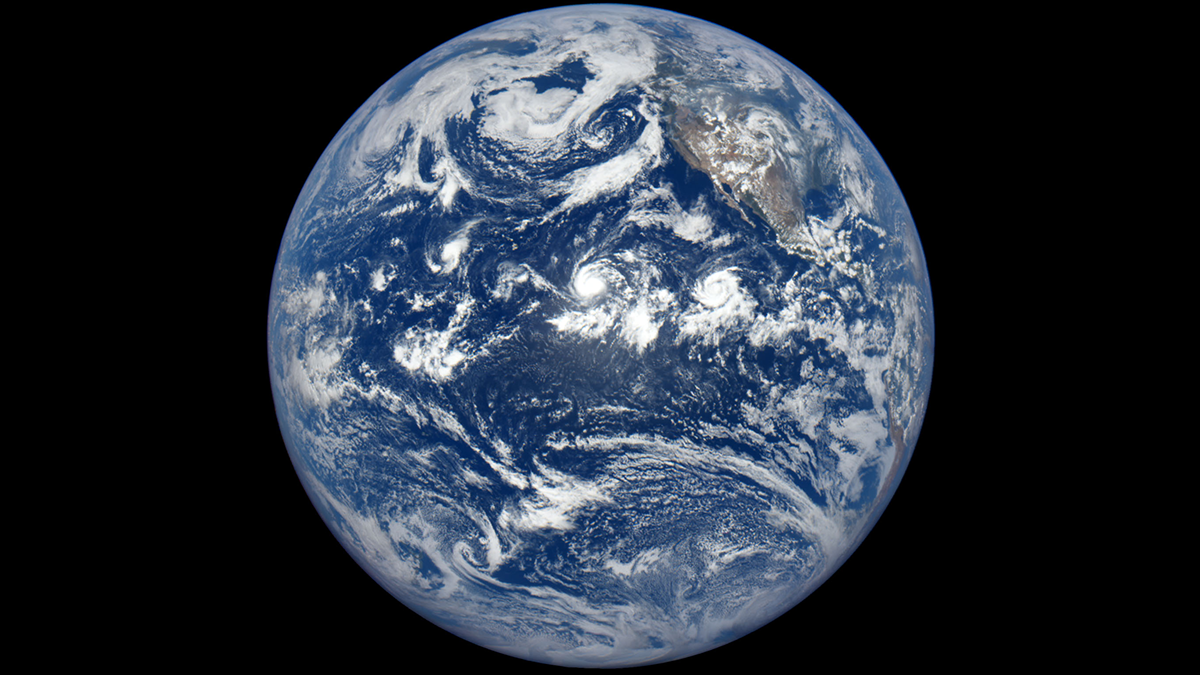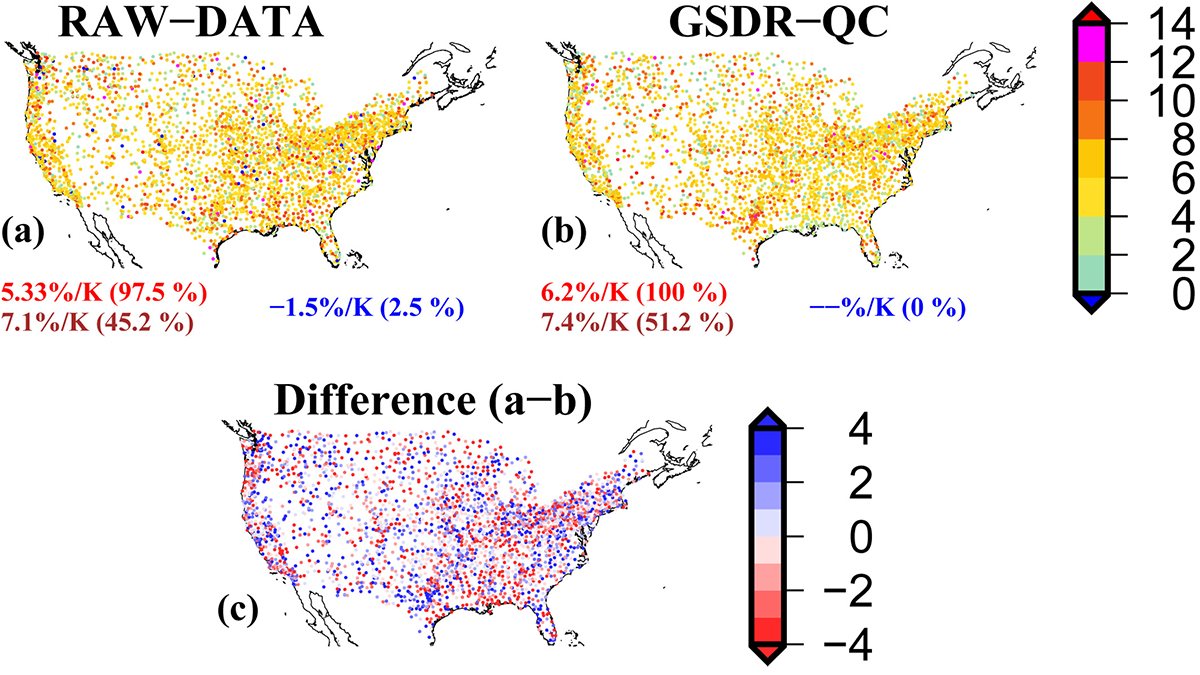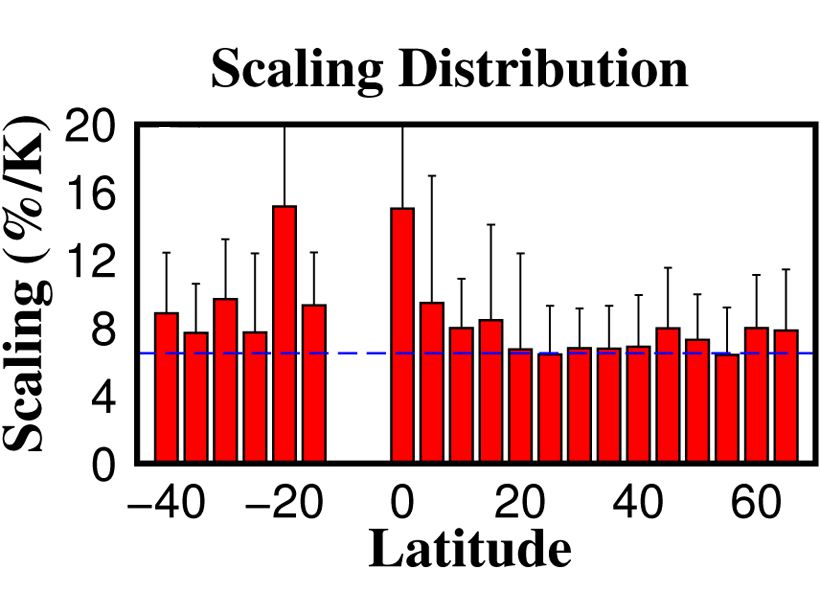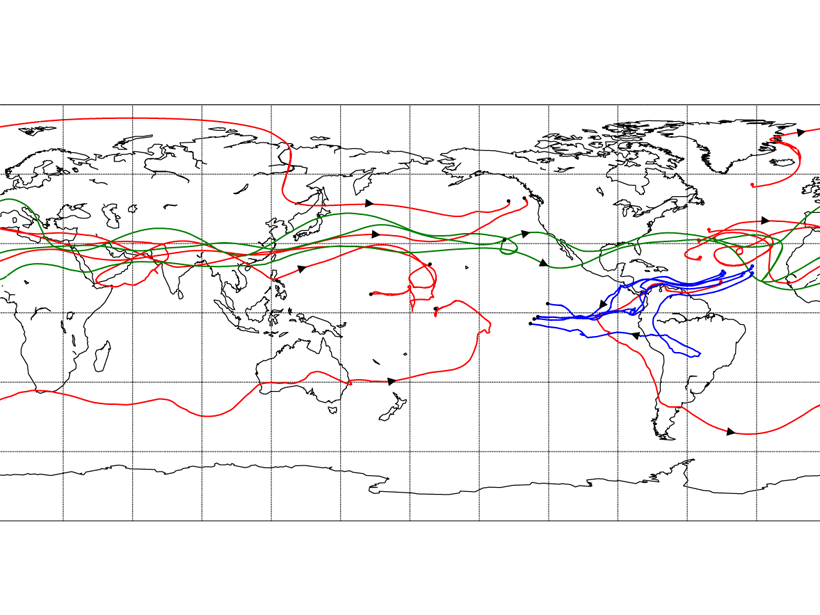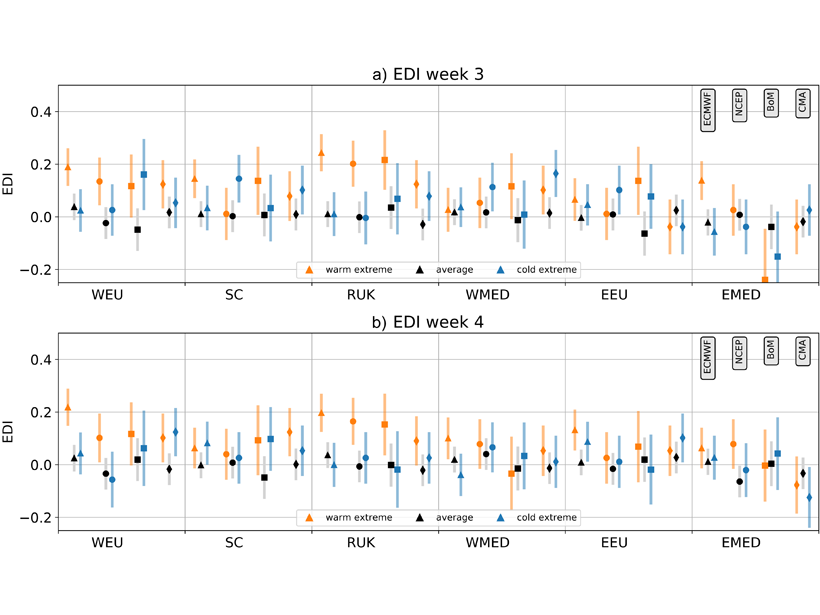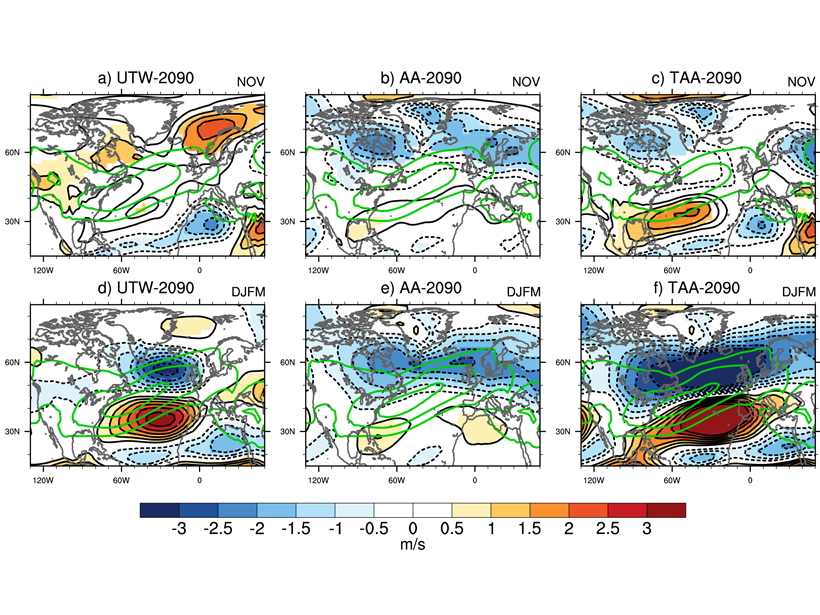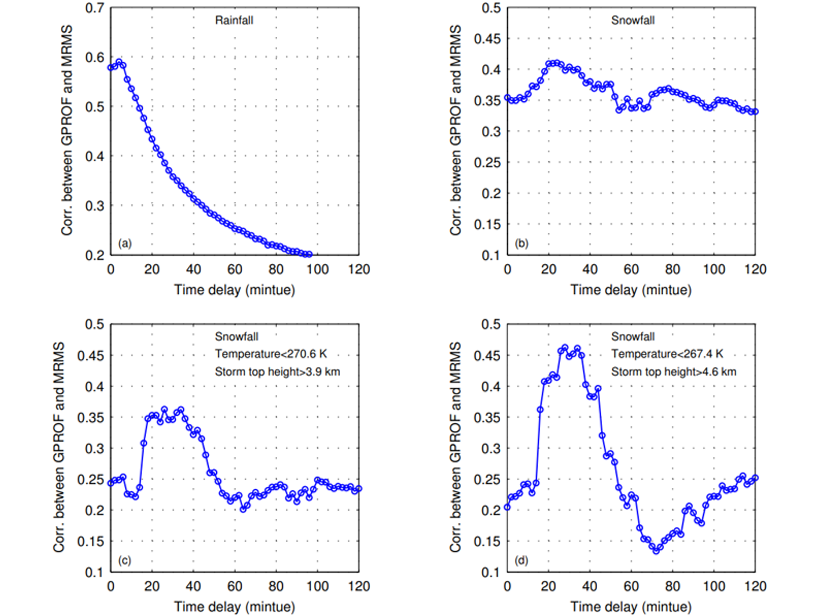In recognition of the 50th anniversary of Geophysical Research Letters, the editors showcase an exceptional study published in the journal that investigates the climate sensitivity in CMIP6 models.
Alessandra Giannini
Editor, GRL
A New Look at the Changing Water Cycle Over Land
Whether warming increases or decreases, rain over land depends on the relationship of soil moisture, evaporation, and aridity which shape rain regimes.
Explaining Uncertainty in Estimates of Rain Response to Warming
Humidity increases with warming. Theory and observations about how increased humidity translates into more extreme rainfall can be reconciled if attention is paid to data and methods.
Rainfall Change with Warming More Consistent than Anticipated
Dew point temperature better explains precipitation change with warming than temperature itself, and the relation is more spatially coherent than previously thought.
Saharan Dust Reaching the Americas Comes from El Djouf
The Saharan dust that crosses the Atlantic and fertilizes the Amazon may be coming from the El Djouf region between Mauritania and Mali, which is farther west than previously thought.
A New Perspective on a Classic Climate Conundrum
The Lagrangian method applied to tracking water transport between the Atlantic and Pacific basins reveals a larger contribution by mid-latitude westerly winds across Eurasia than previously thought.
Extreme Summer Heat over Europe Is Predictable Week-to-Week
Forecasts made one to a few weeks in advance, known as “subseasonal to seasonal” predictions, show more skill in predicting extreme summer heat waves over Europe than spells of normal or cold weather.
Polar Stratosphere Resolves North Atlantic Jet “Tug of War”
Getting the polar stratosphere right is critical in the simulation of North Atlantic climate change, which is shaped by the interaction of Arctic Amplification and tropical upper tropospheric warming.
Accounting for the Fact that Snow Falls Slower than Rain
When calibrating satellite observations with ground-based ones, estimated precipitation rates are improved by considering that snow takes longer to fall compared to rain.

